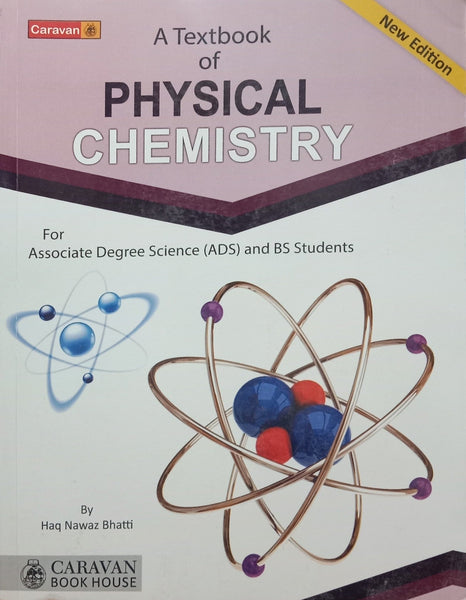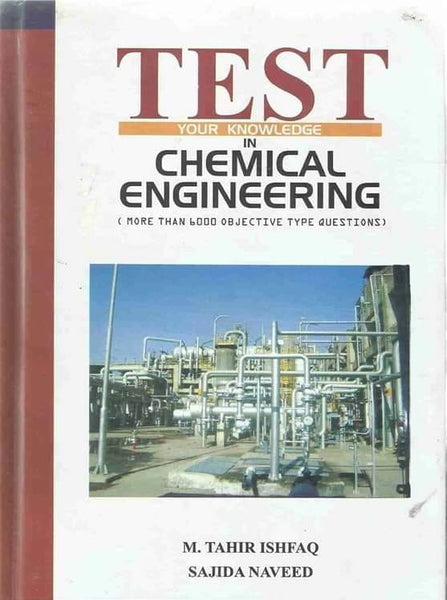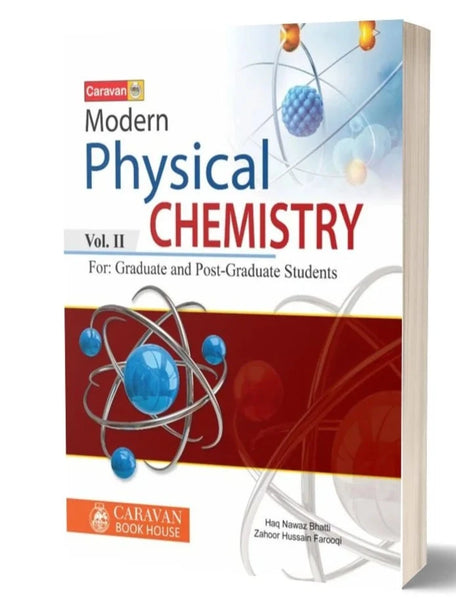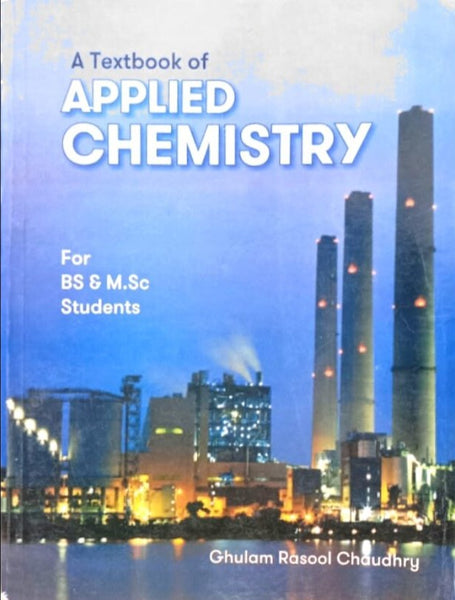Air Pollution Control Techology Hand Book by Karl B Schnelle Jr & Charles A Brown
- Publisher: ENVIRONMENTAL SCIENCES
- Availability: In Stock
- SKU: 44763
Rs.0.00
Tags: Air Pollution , Air Quality Management , Air Quality Monitoring , Air Quality Standards , Atmospheric Sciences , Best Practices , Best Price , Best Selling Books , Book Shop , Charles A. Brown , Chemical Engineering , Clean Air Act , Compliance , Control Devices , Control Technology , Convenient Shopping , Cost-effectiveness , Data Analysis , Decision-making , Emerging Technologies , Emissions Limits , Energy Consumption , Energy Efficiency , Engineering Principles , Environmental Engineering , Environmental Impacts , Environmental Law , Environmental Policy , Environmental Protection , Future Trends , Health Impacts , Implementation Strategies , Industrial Emissions , Industrial Processes , Industry Standards , Innovation , Internet Shop , Karl B. Schnelle Jr. , Measurement , Monitoring , Online Book Shop , ONLINE BOOKS , Online Books Shop , Online Bookshop , online bookstore , Policy , Pollution Prevention , Pollution Reduction , Public Health , Source Identification , Sustainability , Sustainable Development , Technology Selection , Urban Air Quality.
The "Air Pollution Control Technology Handbook" by Karl B. Schnelle Jr. and Charles A. Brown offers a comprehensive guide to understanding and implementing various technologies aimed at controlling air pollution. This authoritative resource delves into the complexities of air pollution management, providing insights into key principles, methodologies, and innovations. Covering a wide range of topics, from regulatory requirements to advanced control strategies, this handbook serves as an invaluable reference for environmental engineers, policymakers, and industry professionals striving to mitigate the adverse effects of air pollution.
Key Points:
1. Regulatory Frameworks The handbook elucidates the regulatory frameworks governing air quality standards and emissions limits, offering clarity on compliance requirements and enforcement mechanisms.
2. Source Identification It discusses techniques for identifying and categorizing sources of air pollution, enabling stakeholders to prioritize interventions effectively.
3. Control Device Selection Various air pollution control devices are examined, including their principles of operation, efficiency, and applicability to different pollutant types.
4. Monitoring and Measurement The handbook outlines methodologies for monitoring air quality and emissions, facilitating accurate data collection and analysis for informed decision-making.
5. Engineering Principles Fundamental engineering principles underlying air pollution control technologies are elucidated, providing a solid foundation for designing and implementing effective solutions.
6. Energy and Cost Considerations Considerations related to energy consumption, cost-effectiveness, and sustainability are addressed to optimize the performance of pollution control measures.
7. Emerging Technologies It explores emerging technologies and innovative approaches for air pollution control, highlighting promising developments in the field.
8. Case Studies Real-world case studies offer insights into successful implementation strategies and lessons learned from past air pollution control projects.
9. Health and Environmental Impacts The handbook discusses the health and environmental impacts of air pollution, emphasizing the urgency of implementing robust control measures.
10. Future Outlook A forward-looking perspective examines future trends and challenges in air pollution control, prompting proactive strategies for sustainable environmental stewardship.
In summary, the "Air Pollution Control Technology Handbook" provides a comprehensive overview of key concepts, methodologies, and innovations in the field, serving as an indispensable resource for stakeholders committed to addressing the global challenge of air pollution.
════ ⋆★⋆ ════
Writer ✤ Karl B Schnelle ,Jr. Charles A Brown

























